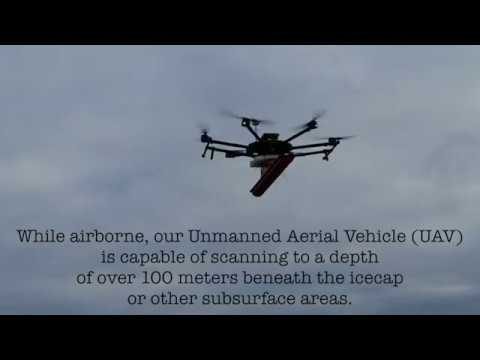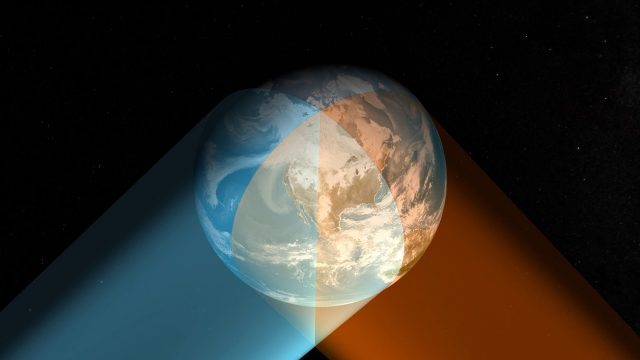Browse Archives
SpaceX Falcon 9 Liftoff with TESS
0 Views0 Comments0 Likes
A Falcon 9 rocket lifts off at 6:51 p.m. EDT from Space Launch Complex 40 at Cape Canaveral Air Force Station carrying NASA's Transiting Exoplanet Survey Satellite (TESS).
Two New Satellites Set to Study One of Earth’s Most Critically Changing Regions
0 Views0 Comments0 Likes
In 2018, NASA will intensify its focus on one of the most critical but remote parts of our changing planet with the launch of two new satellite missions and an array of airborne campaigns.
Drone with Ground Penetrating Radar (GPR)
0 Views0 Comments0 Likes
GPR Drone technology can be used in areas where deep ground penetration is required but high resolution is not very important.
2017 Be Inspired Awards Project Highlights
0 Views0 Comments0 Likes
Several members of the Bentley Systems team discuss the Be Inspired Awards projects from the 2017 Year In Infrastructure event held Oct. 10-12, 2017, in Singapore.
Exploring Nuclear Power Plants via UAS
0 Views0 Comments0 Likes
Southwest Research Institute and the University of Pennsylvania are developing UAS technology to fly into the containment vessels of the damaged units at Japan’s Fukushima Daiichi nuclear power station and assess conditions.
Geostationary Operational Environmental Satellite (GOES) East and West
0 Views0 Comments0 Likes
NOAA maintains a two-satellite Geostationary Operational Environmental Satellite (GOES) constellation to watch over the Western Hemisphere.
Mission Possible: Women of the Hubble Space Telescope
0 Views0 Comments0 Likes
When they were growing up, six women couldn’t have imagined that their lives would take them on a journey to NASA to work with the Hubble Space Telescope.
NASA Tech’s Supporting Role at the Oscars
0 Views0 Comments0 Likes
It's all about the gold. NASA uses gold on satellites and telescopes to see in infrared and block heat absorption. We needed a coating that was ulta-reflective and super durable—and thanks to a family-owned business i...
Aurora from Above
0 Views0 Comments0 Likes
This video of the aurora borealis was captured by the Fast Auroral Imager, which is part of the e-POP instrument package carried on Canada’s Cassiope satellite.
Weather Forecasts Will Remain Reliable, Even with Climate Change
0 Views0 Comments0 Likes
Anthony Lupo, professor of atmospheric science at MU, found that even as carbon dioxide levels create a warmer climate, experts will still be able to predict weather patterns accurately.















